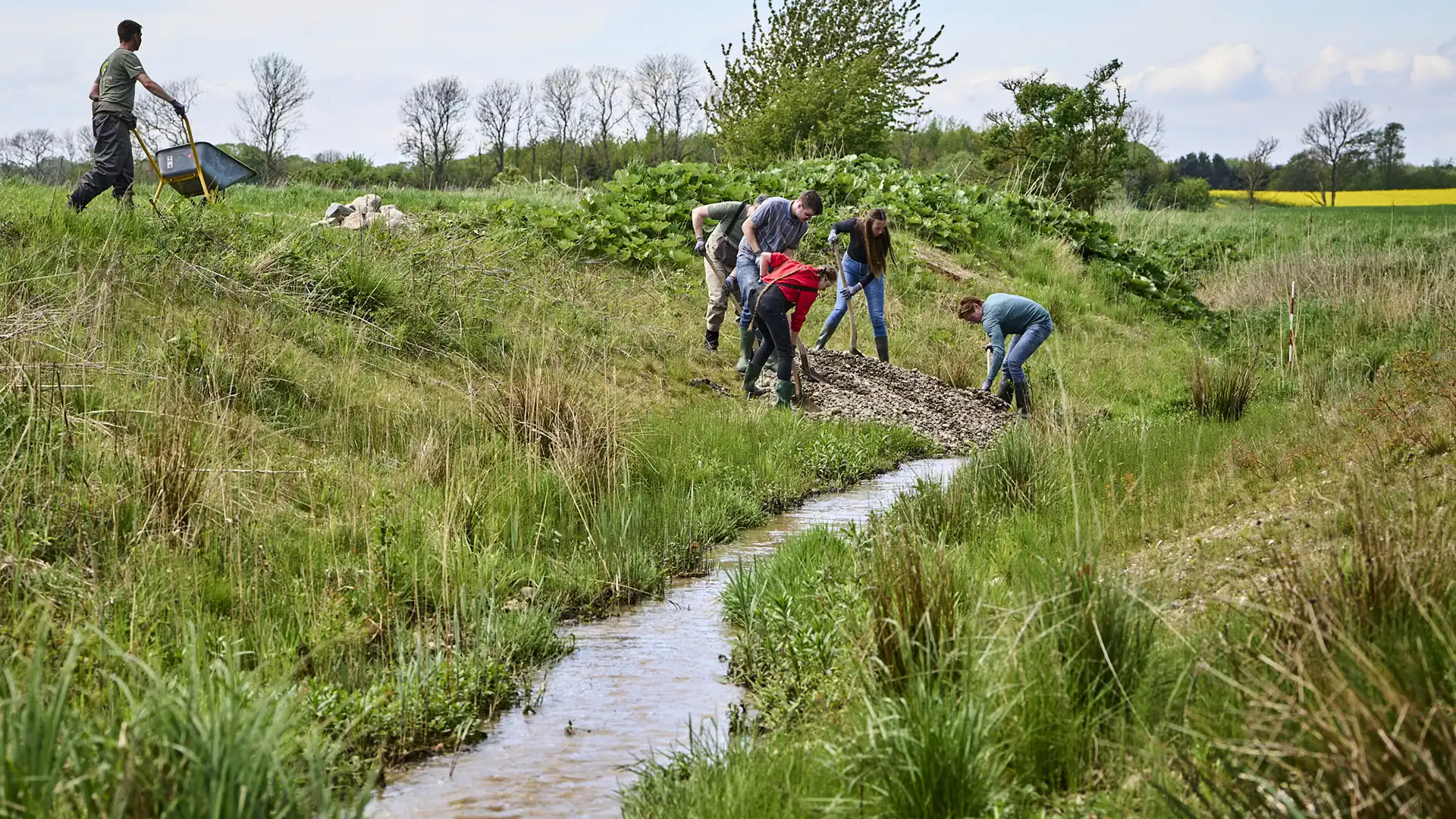
New life in Møllebækken helps restore the ecosystem in Lillebælt
Møllebækken near Middelfart has been hidden away in a pipe underground for the last half century. The stream has now been recreated and brought out into the light. It's all about giving life back to the stream and making it attractive to fish and small animals.
The smaller streams are important and highly productive as spawning grounds for sea trout. In another stream near Møllebækken, up to 160 trout fry have been counted per 100 meters of stream. So the potential for Møllebækken is great.
The sea trout in Lillebælt has become a free bird
Every spring, hundreds of thousands of small sea trout are released in the mouths of many of the rivers that flow into the Little Belt. But not everywhere. The wild population of sea trout is getting bigger and bigger. In 2004, the stocking of trout in Kolding Å ceased and since then the river has been self-reproducing.
The number of sea trout has increased and increased as the focus has been on improving the physical spawning conditions in the river. It is Havørred Fyn's goal to create a wild trout population that is sustainable. But it can only succeed in becoming self-reproducing if you create the optimal spawning conditions.
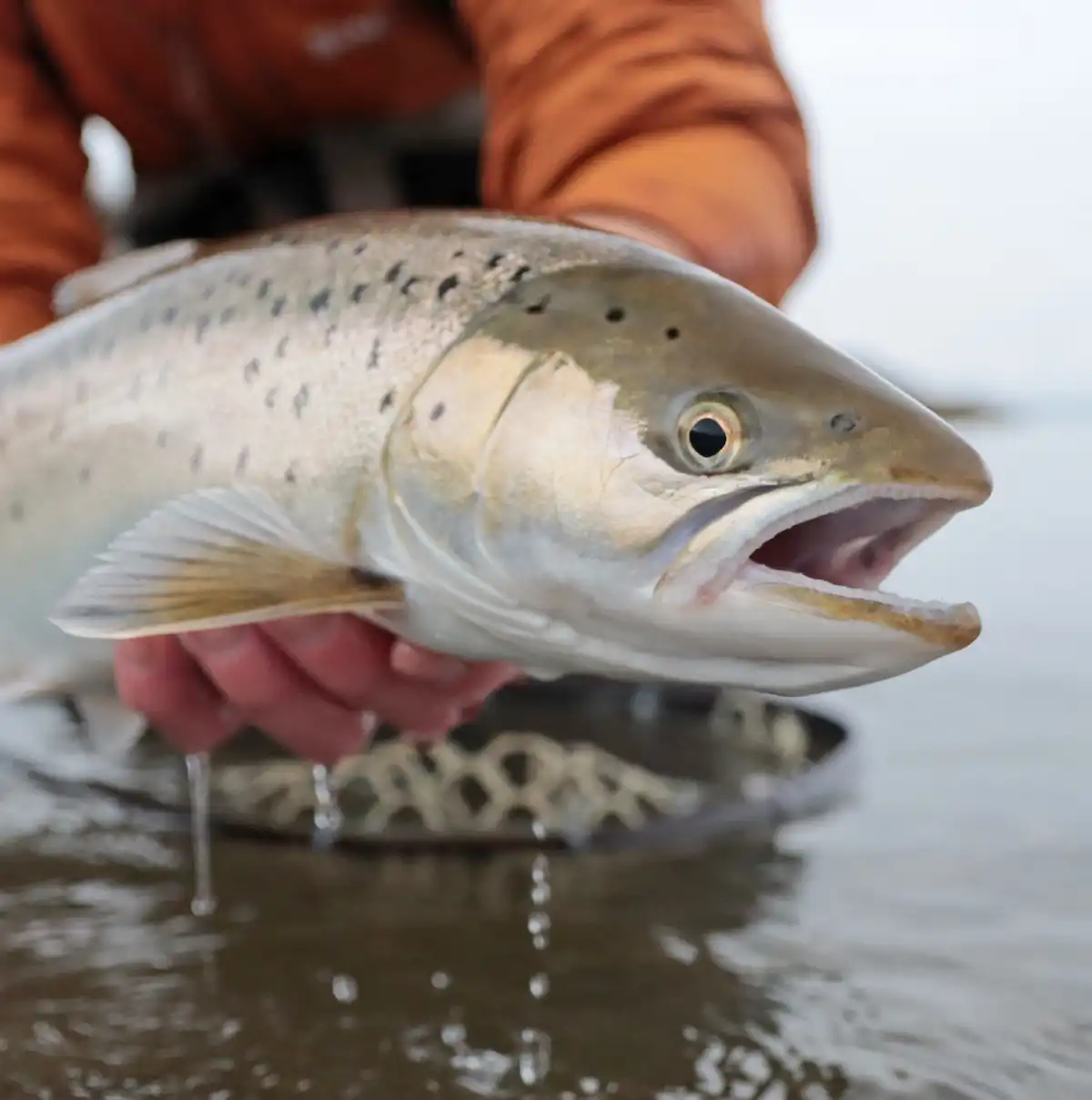
Optimal spawning conditions
Spawning gravel, hiding stones and shade trees
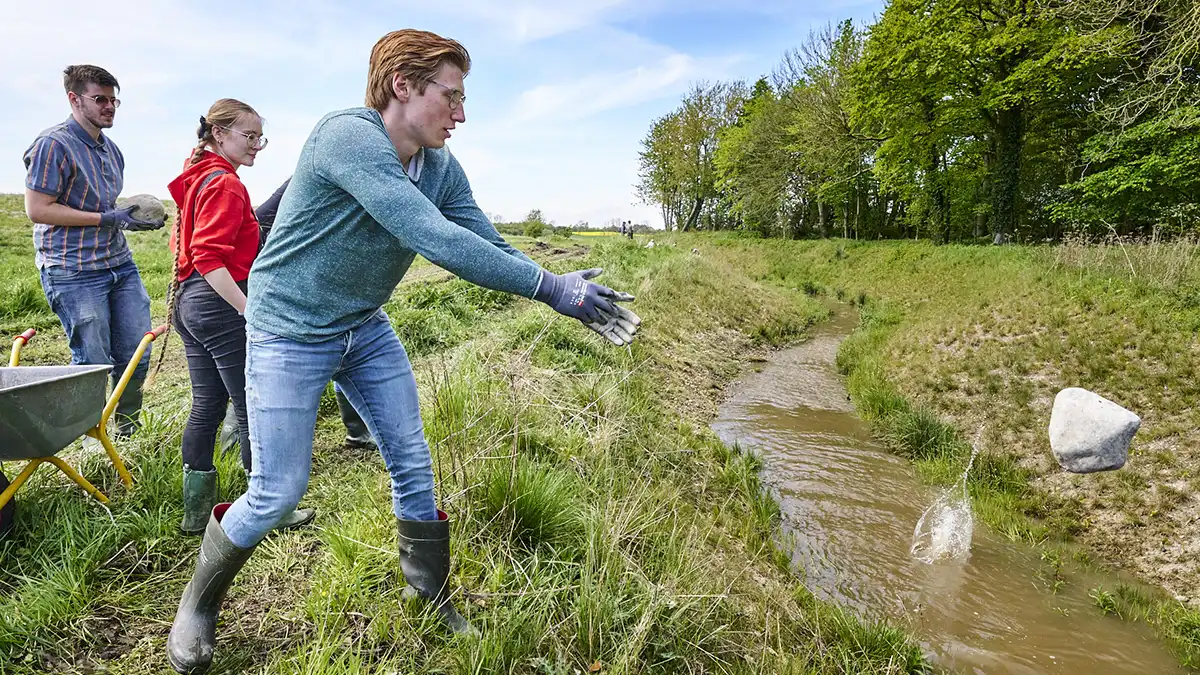
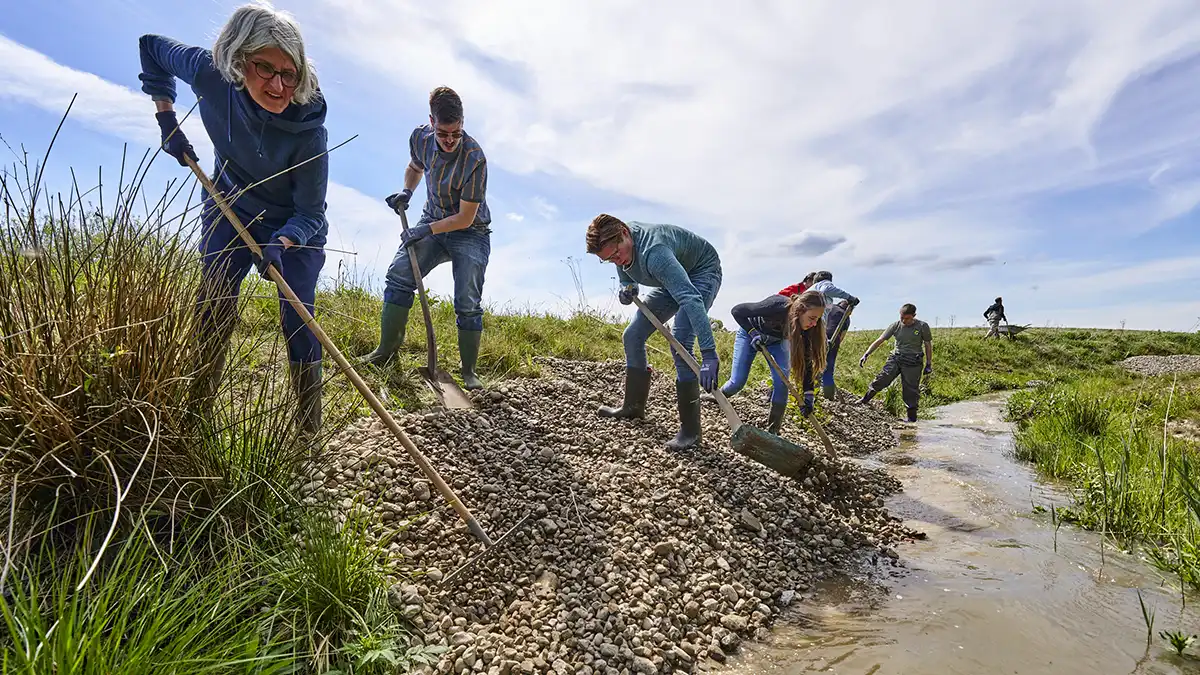
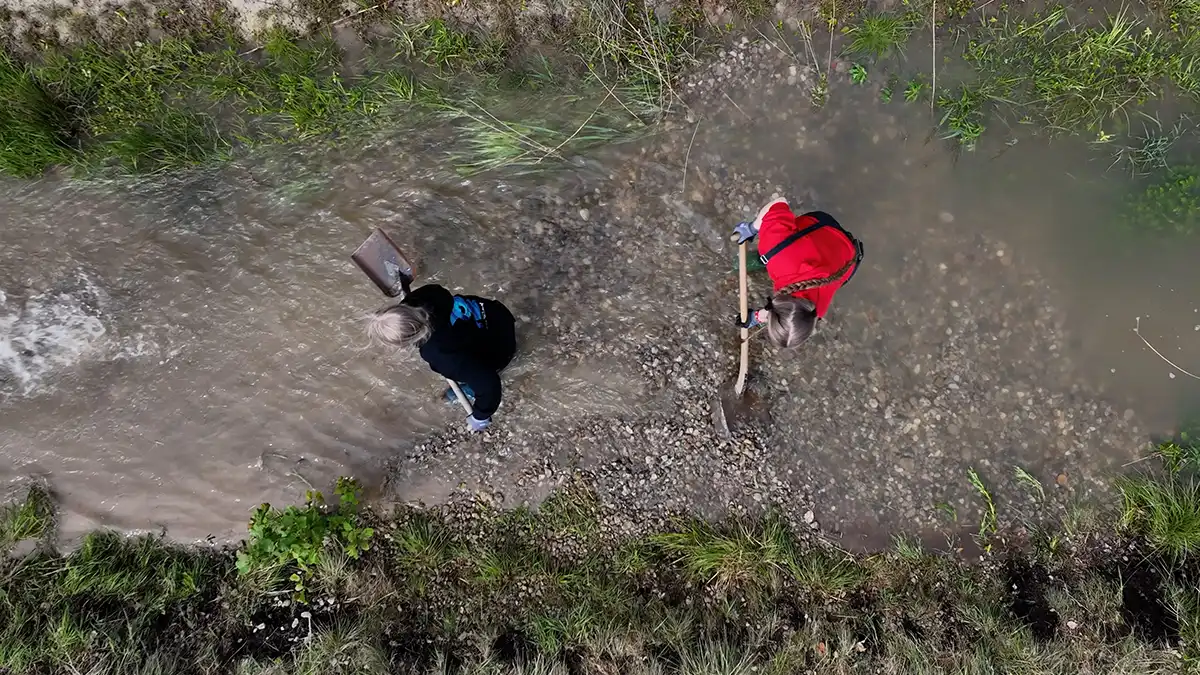
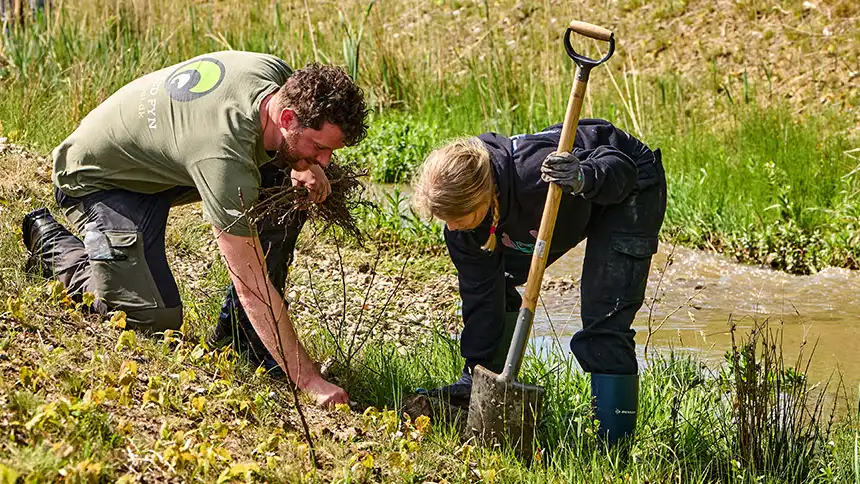
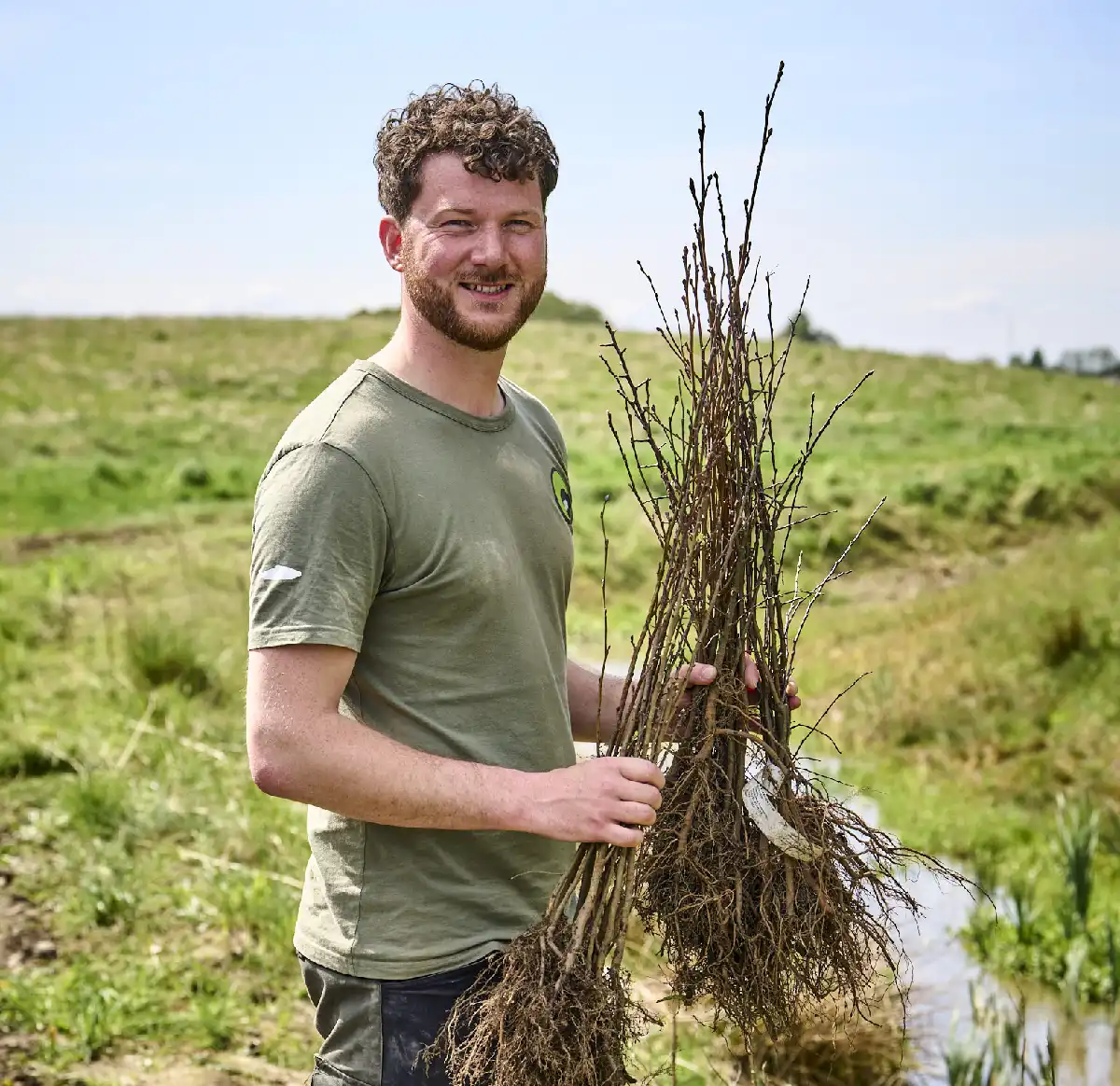
Meet Christian
Christian is a keen angler and a good storyteller. And it's not just angling stories that he has in his repertoire. His main task is to promote angling tourism on Funen and the islands, but also to tell the good story about Havørred Fyn's other focus areas.
Christian possesses an incredibly broad knowledge of the fishing world. He can tell you in detail about the unique work that Havørred Fyn has done over the past 30 years in the form of support releases of fish fry and river restorations.
Christian has worked with hunting, fishing and outdoor tourism in Canada, Norway, New Zealand, Greenland and Denmark, so he has a good understanding of what different tourists demand.
Havørred Fyn works with river restoration, trout stocking and fishing tourism.
The unique link between tourism development and environmental improvements helps to profile Fyn as a green island and an exciting tourist destination. This has created top-class sea trout fishing in Europe. It is also the result of a huge effort, and the living conditions of the fish in many streams have improved significantly.
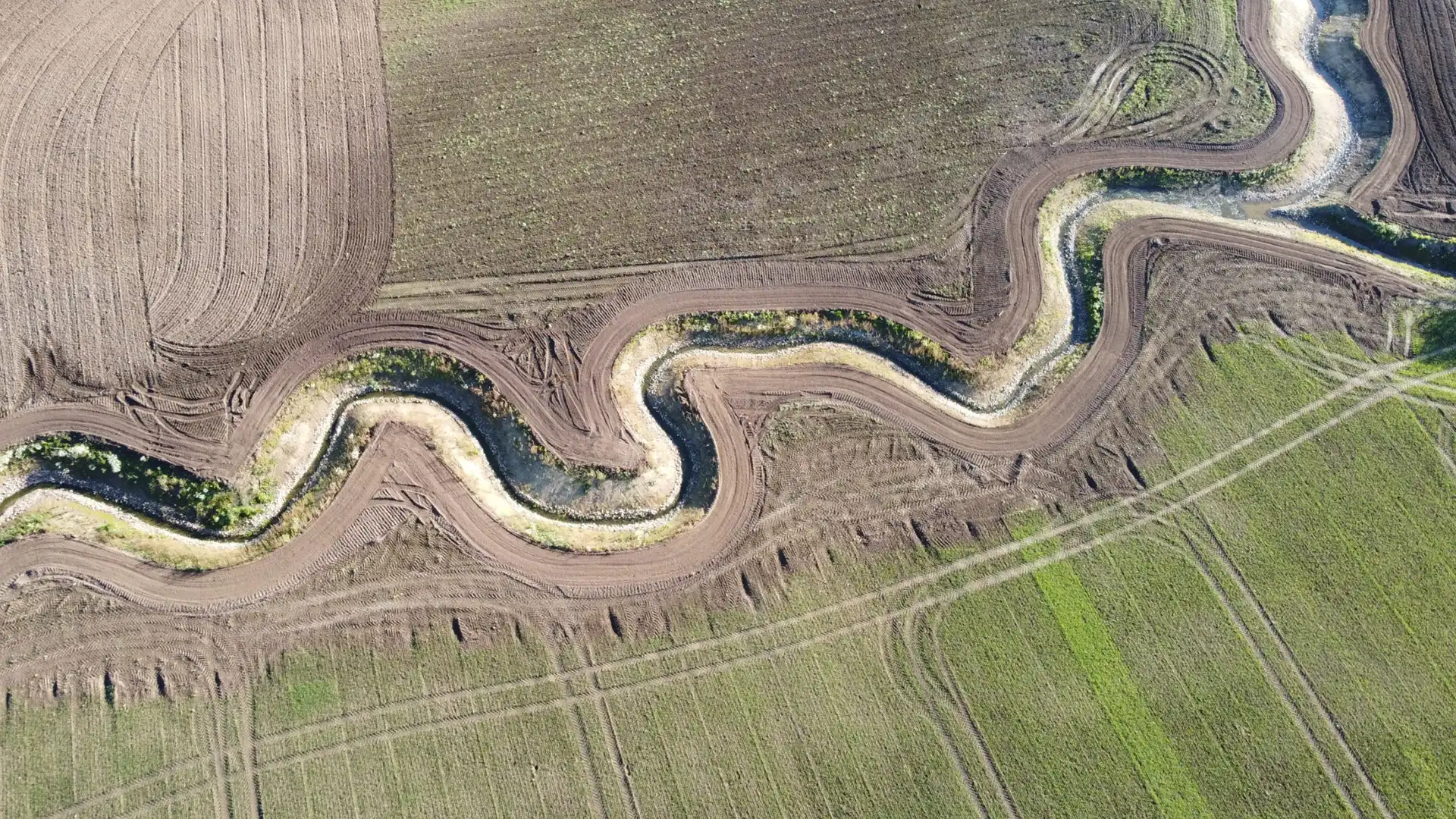
We can now welcome the wild life in Møllebækken
Møllebækken in Middelfart Municipality has undergone a remarkable transformation after being hidden in a pipe for over 50 years. More than 25,000 tons of soil have been moved to restore the stream's natural winding course over a stretch of approximately one kilometer. This initiative, supported by Sea Trout Funen, included over 200 tons of stones and spawning gravel to improve the habitat for sea trout and promote biodiversity.
A special dimension of the project was the involvement of around 20 volunteer guests from Germany and the Netherlands. As part of a regenerative tourism project in the Lillebælt Nature Park, these guests actively contributed to the restoration. After an introduction to the ecology of the watercourse, they helped distribute the 200 tons of spawning gravel and hiding stones delivered and planted over 100 trees along the banks.
The participants expressed great curiosity and commitment to the project. Before their efforts, the watercourse appeared lifeless, but after the work, the clear water flowed over newly created gravel banks, which has created optimal conditions for the sea trout. With great care, trees were planted and now provide shade along the stream.
Sea Trout Fyn has traditionally relied on volunteers, and this project marks a new trend in tourism where visitors actively participate in nature conservation activities. This form of regenerative tourism engages both local and international visitors in meaningful projects that benefit the environment and strengthen the connection between people and nature.
The restoration of Møllebækken is a great example of how collaboration between local authorities, organizations and volunteers can restore natural habitats and welcome wildlife back into our waterways.
Creating better spawning conditions for sea trout is just one of several initiatives that together strengthen Lillebælt
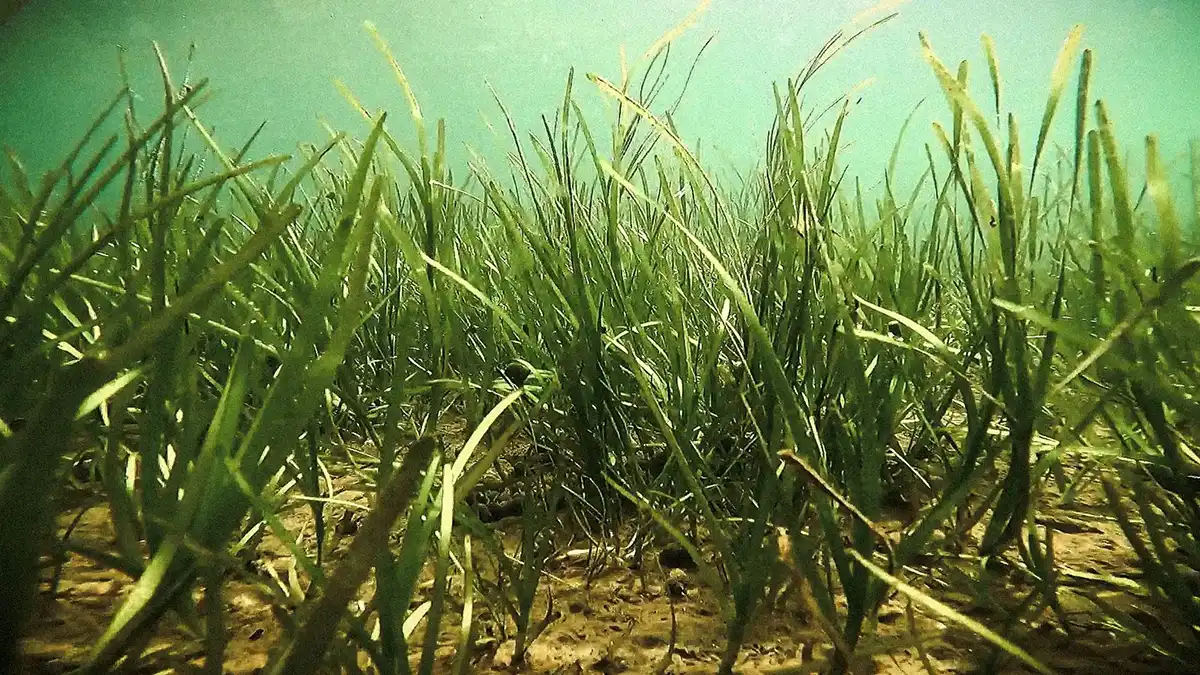
We plant eelgrass
Eelgrass is an important marine plant as it provides food, habitat and hiding places for small fish in the belt and therefore plays a crucial role in marine biodiversity.
Read more about planting eelgrass
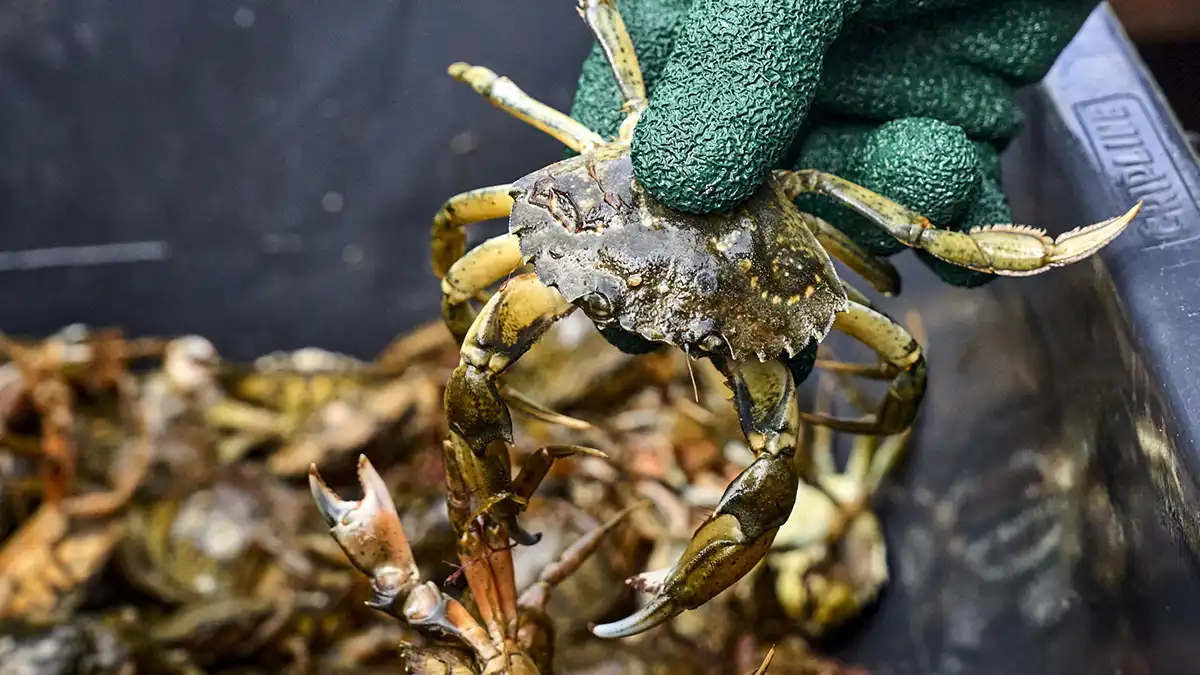
We reduce the crab population
The population of crabs in the Little Belt is far too high. By catching crabs, you benefit the ecosystem in the belt. The crab population needs to be regulated because it destroys the eelgrass and eats fish fry.
Read more about hunting crabs
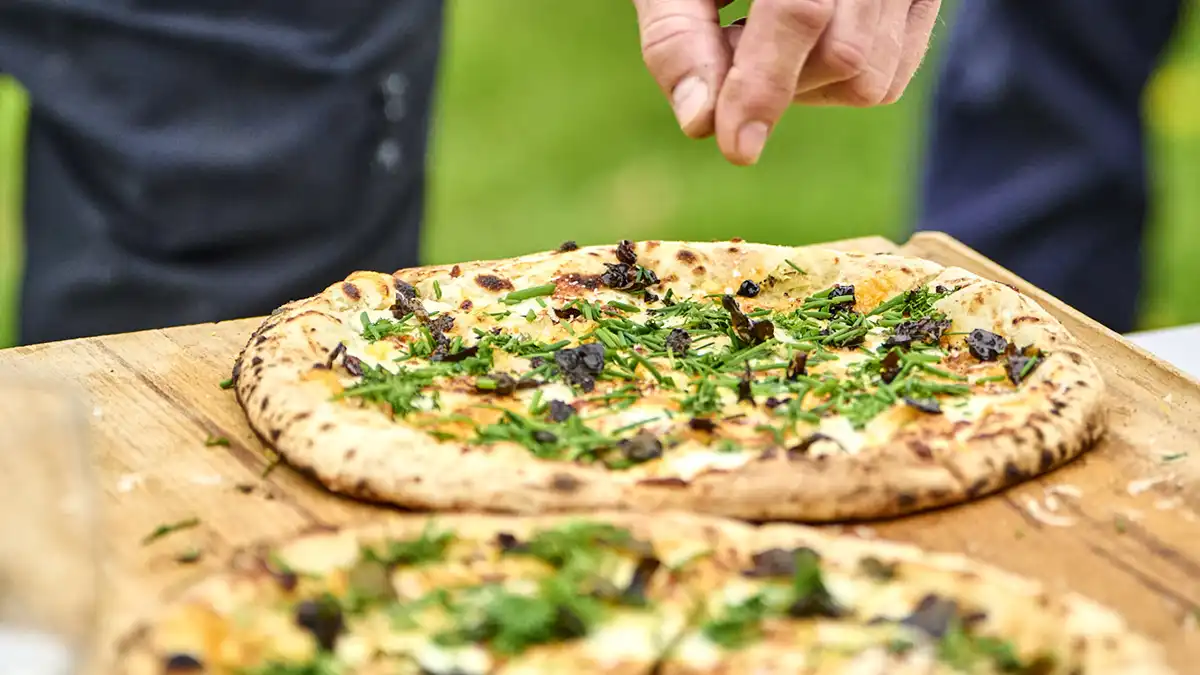
We put crab on the menu
It may sound a little wild, but eating crabs is one - tasty - way to get rid of them. You can make the ultimate crab bisque or crab pizza with fresh ingredients from Lillebælt.
Read more about crab pizza
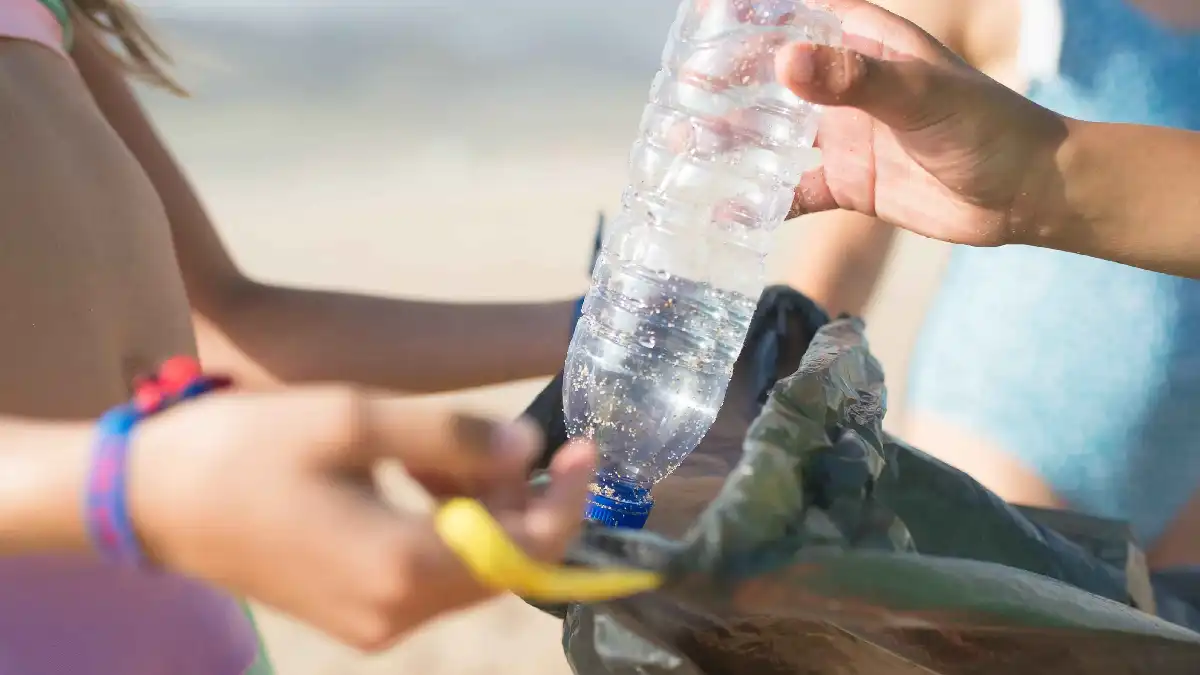
We collect marine litter
If you pick up a bag at the reception at Gl. Ålbo Camping and hand it filled with marine litter to the camping dad, you'll get a free cup of cocoa or coffee in exchange.
Learn more about collecting marine litter
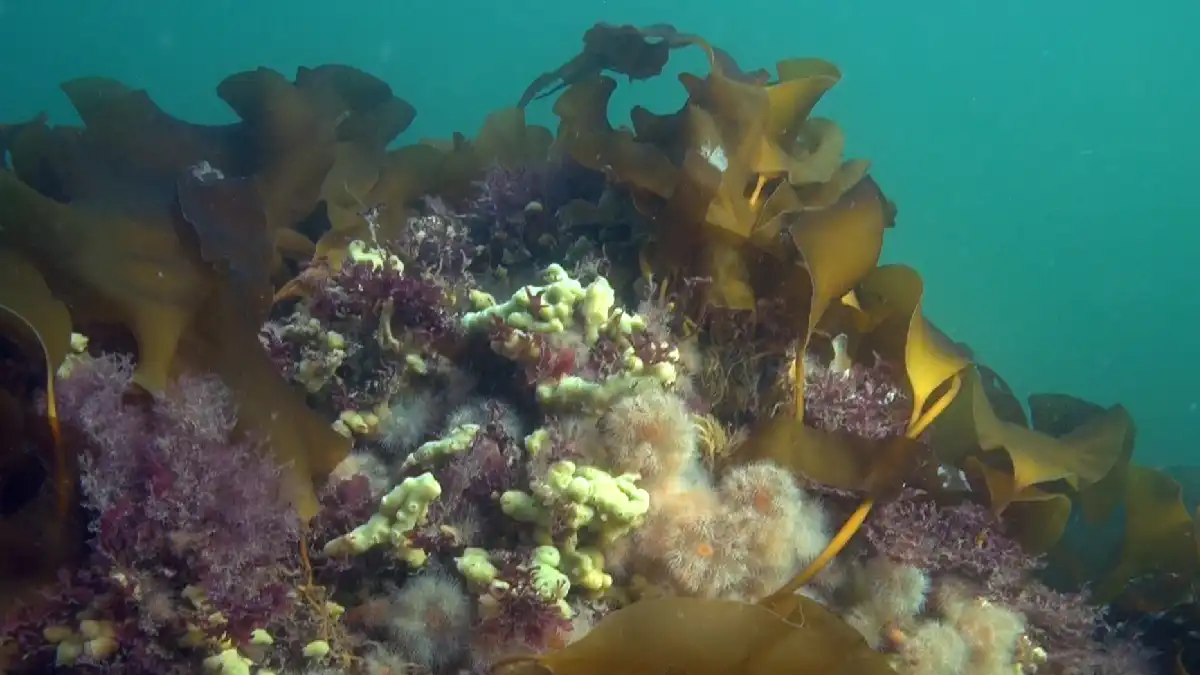
We restore stone reefs
We re-establish stone reefs to increase the survival rate of fish fry. When we put rocks back on the seabed, nature itself starts to regenerate life and the results are impressive.
Read more about stone reefs in Lillebælt
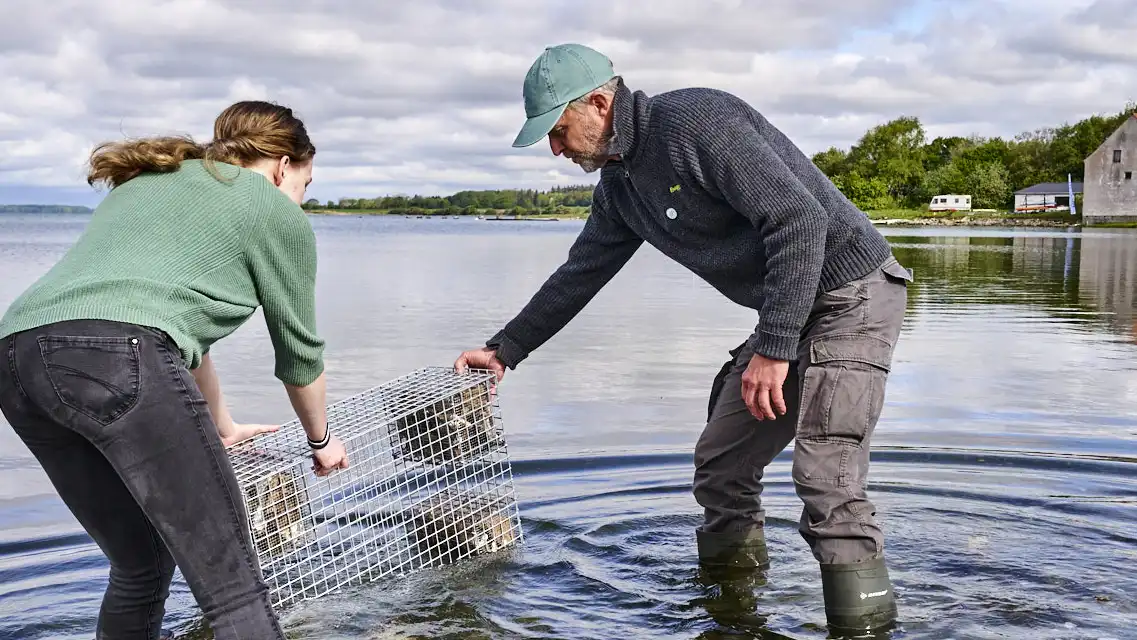
We build fish nurseries
A fish nursery contributes to greater biodiversity as the fry of different fish species can better hide from predators and crabs, increasing their chances of survival.
Read more about fish nurseries

